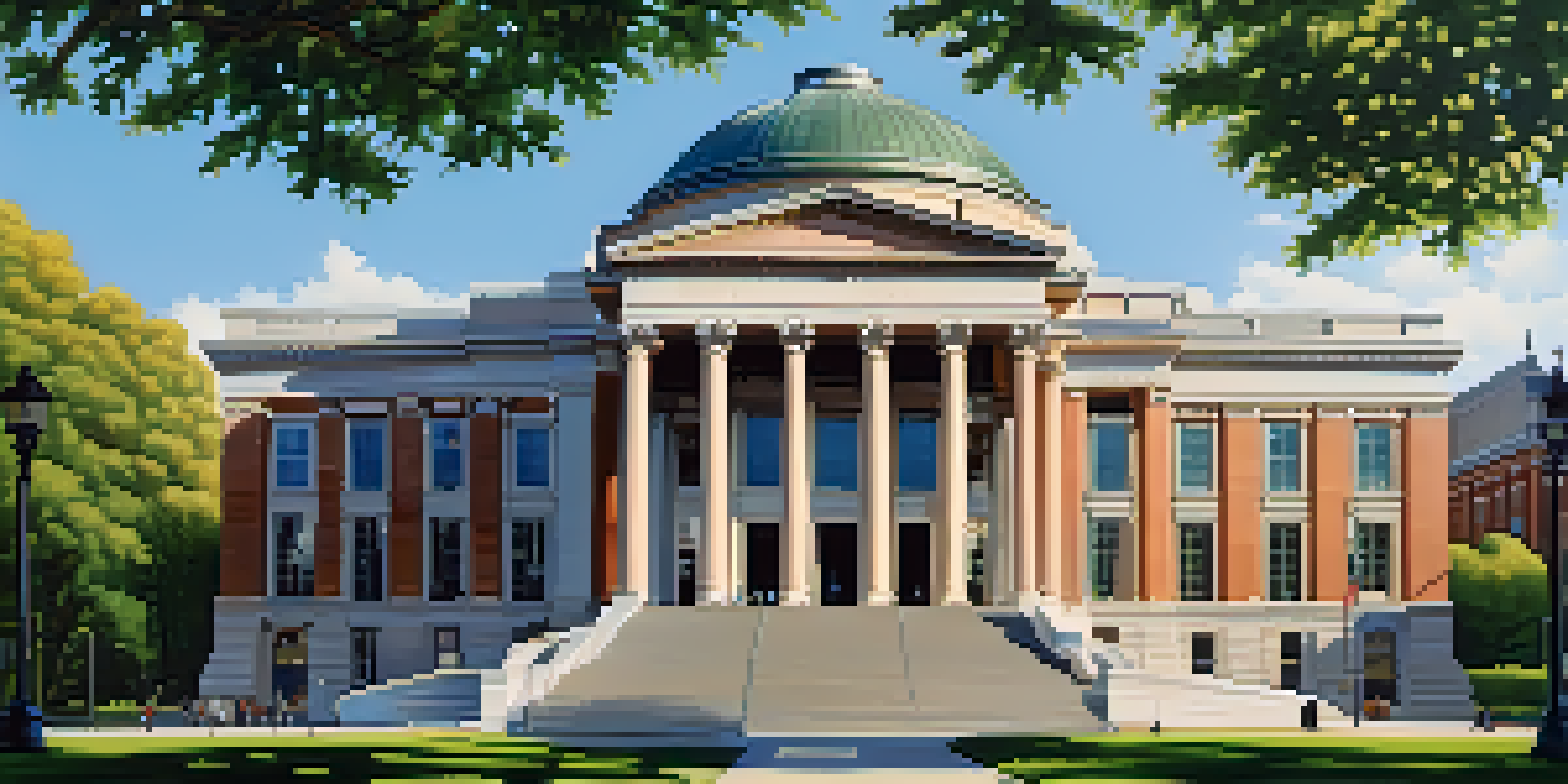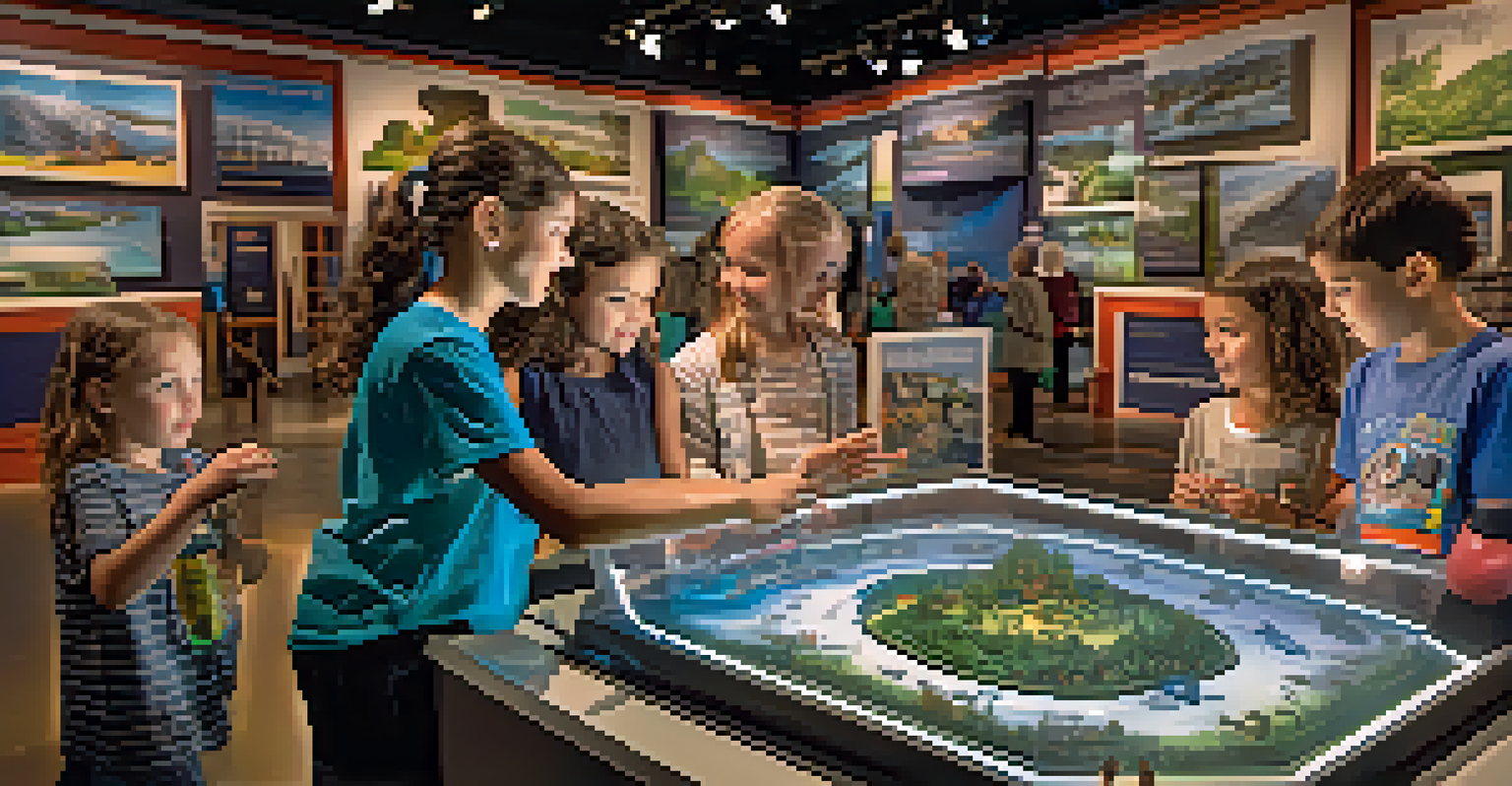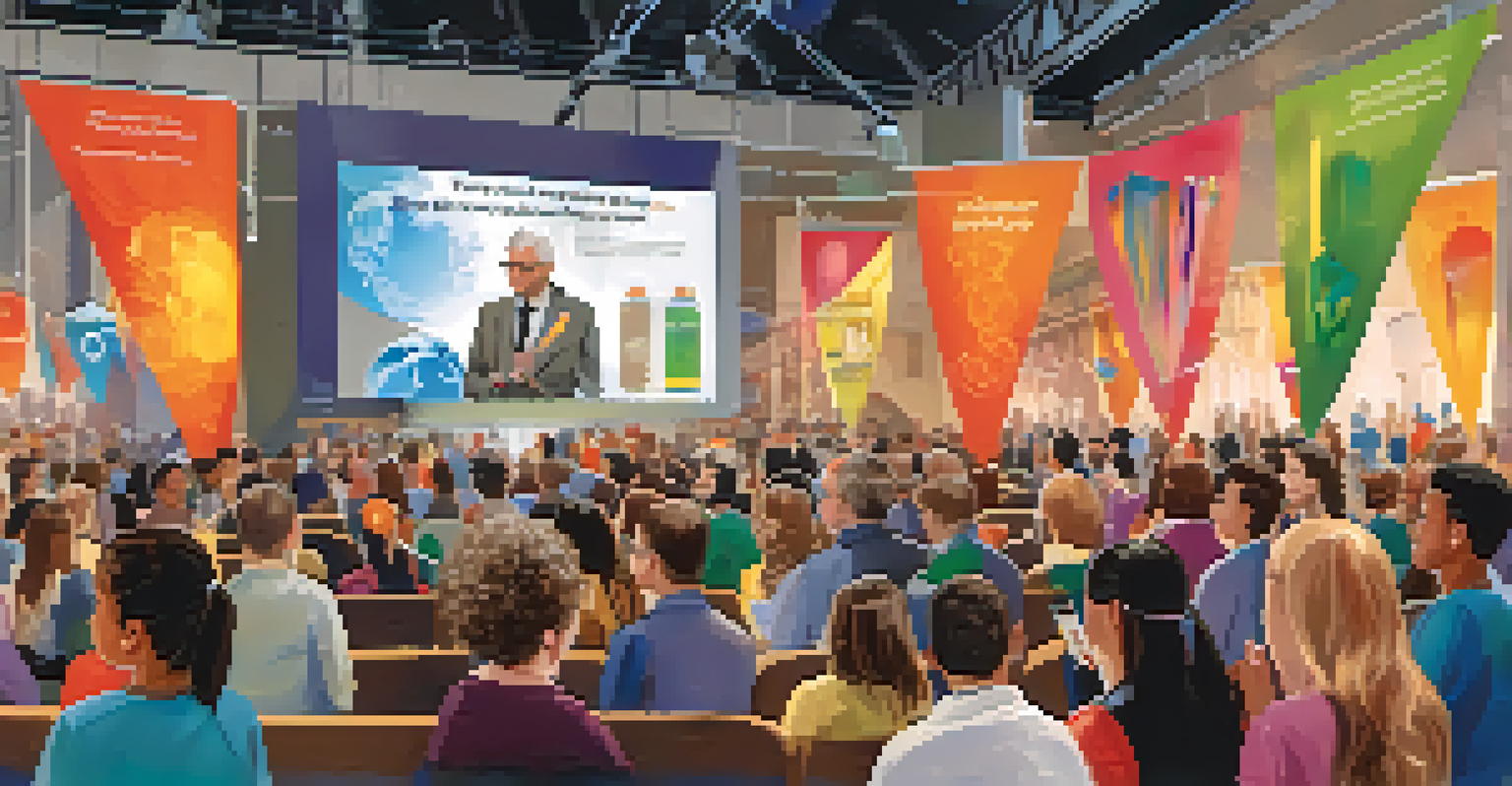History of the Museum of Science and Industry Revealed

Origins of the Museum: A Glimpse into the Past
The Museum of Science and Industry (MSI) has roots that date back to the late 19th century, during a period of rapid industrial growth. Established in 1933, it emerged from the 1893 World's Columbian Exposition in Chicago, which showcased technological advancements and innovation. As the city's industrial landscape evolved, so did the need for a dedicated space to celebrate science and industry.
The best way to predict the future is to create it.
The museum was initially housed in the Palace of Fine Arts, a stunning structure built for the exposition. Its transformation into a museum reflected a commitment to education and public engagement with the sciences. Over the decades, the museum has become a hub for learning and exploration, drawing in visitors from all walks of life.
Today, MSI stands as one of the largest science museums in the world, housing over 35,000 artifacts. Its extensive collections and exhibits document the journey of industrialization, making it a vital resource for understanding both history and science.
Architectural Marvel: The Building's Design
The architecture of the Museum of Science and Industry is as captivating as the exhibits it houses. Originally designed by architect Charles B. Atwood, the building's neoclassical style reflects the grandeur of the early 20th century. The museum's location in Jackson Park not only enhances its beauty but also connects visitors to the historical context of the area.

One of the most striking features of the museum is its massive, domed structure, which draws the eye and invites exploration. The building's design incorporates elements that facilitate both functionality and aesthetics, creating an ideal environment for showcasing scientific achievements. This architectural blend makes the museum a landmark in Chicago.
Rich History of MSI's Origins
The Museum of Science and Industry was established in 1933, evolving from the 1893 World's Columbian Exposition to celebrate industrial growth and scientific achievement.
Over the years, the museum has undergone several renovations to modernize its facilities while preserving its historical significance. These updates ensure that the museum remains a relevant and engaging space for future generations.
Key Exhibits: Highlights of the Museum's Collection
The Museum of Science and Industry is renowned for its diverse and interactive exhibits that cater to all ages. From the iconic U-505 submarine, which offers a glimpse into World War II naval history, to the captivating Science Storms exhibit, there's something for everyone. Each exhibit is designed to educate and inspire curiosity about the world around us.
Science is not only compatible with spirituality; it is a profound source of spirituality.
One of the standout features is the hands-on approach that MSI takes with its exhibits. Visitors can engage with displays that encourage experimentation and exploration, making learning a dynamic experience. This interactive environment fosters a deep understanding of scientific principles and industrial advancements.
Additionally, the museum frequently updates its exhibits to reflect current scientific trends and technological innovations. This commitment to relevance helps maintain visitor interest and ensures that MSI stays at the forefront of educational experiences.
Community Engagement: MSI's Role in Education
The Museum of Science and Industry plays a crucial role in the community by promoting science education and engagement. Through various programs and workshops, MSI reaches out to schools and families, providing resources that enhance learning opportunities. The museum's dedication to education helps bridge the gap between theory and practical application.
One of the key initiatives is the museum's focus on STEM (Science, Technology, Engineering, and Mathematics) education. By offering specialized programs for students, MSI encourages young minds to pursue careers in these fields. This emphasis on STEM is vital in preparing future generations for the challenges of an increasingly technological world.
Engaging Community Education Programs
MSI plays a vital role in promoting STEM education through various workshops and community partnerships, making science accessible to all.
Moreover, the museum collaborates with local organizations to extend its reach, ensuring that its educational resources are accessible to a broader audience. These community partnerships strengthen the museum's impact and solidify its role as a cornerstone of scientific learning.
Innovative Programs: Workshops and Special Events
MSI offers a variety of innovative programs and special events that attract visitors year-round. From science fairs to themed workshops, the museum provides hands-on experiences that complement its exhibits. These programs are designed to engage individuals of all ages, fostering a love for science and exploration.
One popular program is the 'Science Sundays' series, which features interactive demonstrations and presentations by experts in various fields. These events not only entertain but also educate, allowing visitors to engage directly with scientific concepts. Such initiatives make science accessible and enjoyable for everyone.
Additionally, the museum hosts seasonal events that celebrate different aspects of science and technology. These initiatives keep the museum dynamic and continually evolving, ensuring that there’s always something new to discover.
Impact of Technology: Modernizing the Museum Experience
As technology evolves, so does the Museum of Science and Industry. The introduction of augmented reality (AR) and virtual reality (VR) experiences has transformed how visitors interact with exhibits. These technologies provide immersive experiences that enhance understanding and retention of scientific concepts.
For instance, the use of VR in certain exhibits allows visitors to explore historical events or complex scientific processes in a more engaging way. This technological integration ensures that the museum remains relevant in an age where digital experiences are increasingly common.
Adoption of Modern Technology
The museum enhances visitor experiences with augmented and virtual reality, ensuring it stays relevant in a digital age.
Moreover, MSI leverages technology to improve visitor accessibility and engagement, offering mobile apps and interactive kiosks throughout the museum. These advancements not only enhance the visitor experience but also encourage repeat visits as guests are continually intrigued by new offerings.
Future Aspirations: Vision for the Museum's Growth
Looking ahead, the Museum of Science and Industry has ambitious plans for growth and expansion. With a vision to further enhance its educational impact, the museum aims to introduce new exhibits that reflect the latest advancements in science and technology. This forward-thinking approach ensures that it remains a vital resource for learning.
The museum also plans to strengthen its community outreach initiatives, aiming to make science education accessible to even more individuals. By forging new partnerships and expanding existing programs, MSI hopes to inspire a diverse audience and nurture the next generation of scientists and innovators.

Ultimately, the Museum of Science and Industry is committed to evolving alongside the world it seeks to educate. Through continuous improvement and innovation, MSI will continue to inspire curiosity and a love for science for years to come.